Roman Nyman
(1881–1951)
Petseri. 1940
Oil, plywood. 71 x 69 cm
price 4 283 (sold)

It seems that Roman Nyman accepted already in his youth a firm decision to start working as a theatrical artist. At the age of 19 he went to St.Petersburg, where he studied decorative painting and theatrical decoration, later was for years head of the decoration studio of the State Art Vocational School and artist of the Estonia and the Drama theatres. Because of poor health Nyman still had to give up theatrical work and he took up painting, but it seems that the skill to stage a room accompanied Nyman also in this sphere.
Works on the themes of the Petseri monastery are remarkable in the creation of Nyman. They differ from the paintings of the 1940ies, when the artist preferred work- and farming-related themes due to the colour handling and choice of motifs. Monastery views have been widely exposed both at modern and past time exhibitions. In these works is also restored the so-called Italian period that is highly valued in the Nyman creation. Similar are the sense of room and light colours. Differently from the conventional ways of room depicting by the means of lines and volumes Nyman uses in these works colours and their shades, placing the monastery into a spiritual room of light that is separated from the rest of the world. Build-up of the works proves the artist's deep absorption in the depicted and depicting. Undoubtedly we are dealing with examples of extraordinary pure style from the creation of the probably one of the most brilliant room painters of the Estonian art history.
The Petseri monastery has been exposed at a selective exposition in the Tallinna Kunstihoone in the year 1945, at a personal exhibition in the Tallinna Kunstihoone in the year 1948, at a personal exhibition in Kadriorg in the year 2000, where together with this work was exposed another auction work - Petseri. Having most probably been painted as the motif repetition of The Petseri monastery at the same period, the painting emphasizes the artist's special dedication just to one theme, as if he would strive to reach the perfection of the picturesque impression
Works on the themes of the Petseri monastery are remarkable in the creation of Nyman. They differ from the paintings of the 1940ies, when the artist preferred work- and farming-related themes due to the colour handling and choice of motifs. Monastery views have been widely exposed both at modern and past time exhibitions. In these works is also restored the so-called Italian period that is highly valued in the Nyman creation. Similar are the sense of room and light colours. Differently from the conventional ways of room depicting by the means of lines and volumes Nyman uses in these works colours and their shades, placing the monastery into a spiritual room of light that is separated from the rest of the world. Build-up of the works proves the artist's deep absorption in the depicted and depicting. Undoubtedly we are dealing with examples of extraordinary pure style from the creation of the probably one of the most brilliant room painters of the Estonian art history.
The Petseri monastery has been exposed at a selective exposition in the Tallinna Kunstihoone in the year 1945, at a personal exhibition in the Tallinna Kunstihoone in the year 1948, at a personal exhibition in Kadriorg in the year 2000, where together with this work was exposed another auction work - Petseri. Having most probably been painted as the motif repetition of The Petseri monastery at the same period, the painting emphasizes the artist's special dedication just to one theme, as if he would strive to reach the perfection of the picturesque impression
Booking and purchase
Appearance in auctions

View of Spanish City (Cuenca)
1923-1926. Oil, canvas 55 x 71.2 cm (framed)
ESTONIAN ART CLASSICS, I PART Haus Gallery 02.11.2024
27 000
Final price:
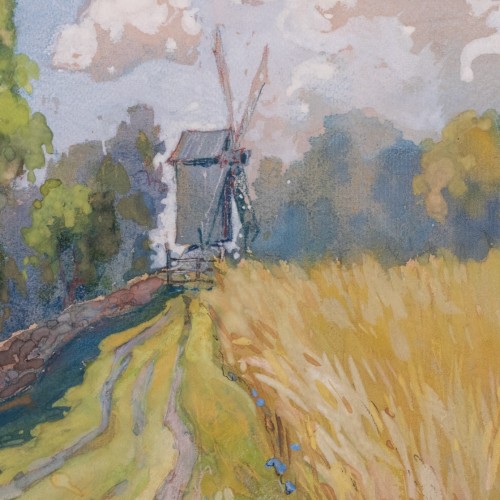
Landscape with a Windmill
1930s. Watercolor, gouache, cardboard Km 22 x 30.5 cm (framed)
ESTONIAN ART CLASSICS AUCTION: Haus Gallery 04.05.2024
2 300
Final price: 4 200
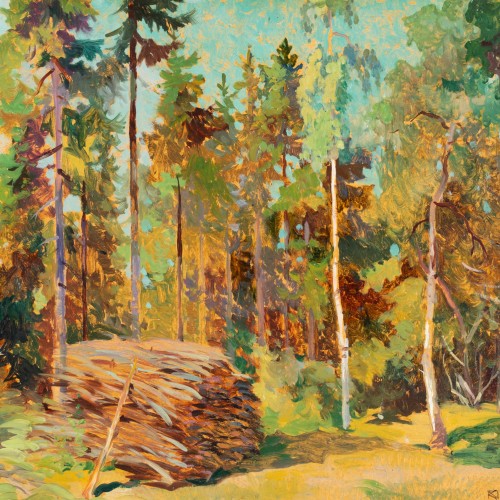
Forest View Near Rapla
1945. Oil, cardboard 43 x 50 cm (framed)
EARLIER ART CLASSICS - Saturday, May 14th 15:00 Haus Gallery 14.05.2022
4 700
Final price: 5 100
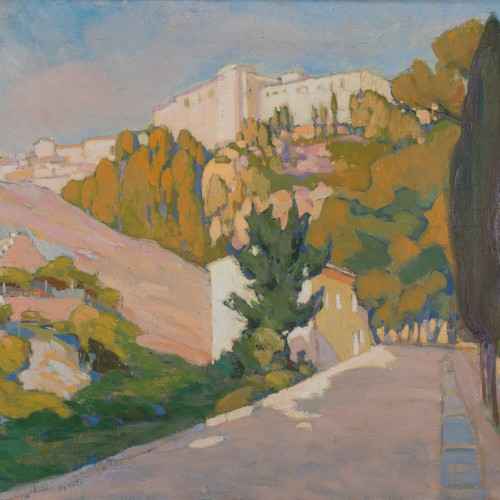
View of Spain (Cuenca)
1923. Oil, canvas 50 x 65 cm (framed)
EARLIER ART CLASSICS - Saturday, May 14th 15:00 Haus Gallery 14.05.2022
13 000
Final price: 29 000
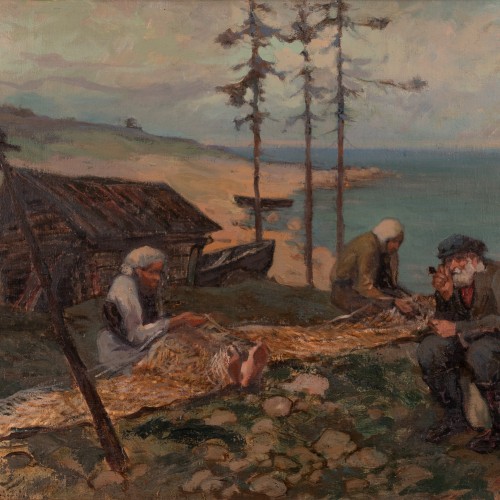
Mending the Net
1941. Oil, canvas 60 x 81 cm (framed)
EESTI VANEMA KUNSTI KLASSIKA OKSJON Haus Gallery 07.05.2021
14 000
Final price: 27 500
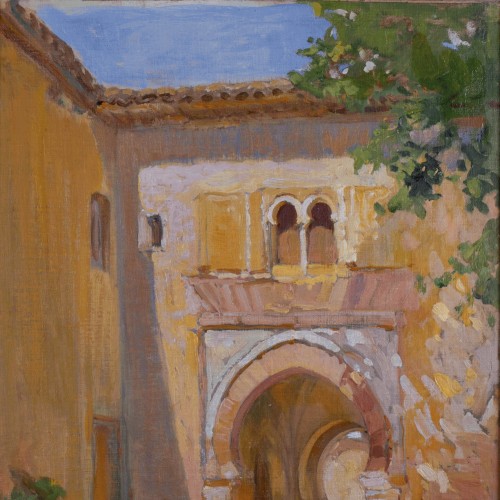
Wine Gate at Alhambra
1923-1926. Oil, canvas on cardboard 53 x 42 cm (framed)
AUTUMN 2020 Haus Gallery 30.10.2020
6 400
Final price: 6 400
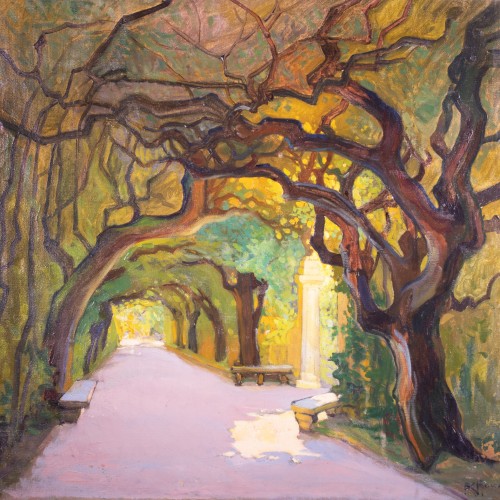
Boboli aed
1924. Oil, canvas 73 x 76 cm (framed)
SPRING 2020 Haus Gallery 15.05.2020
8 700
Final price: 32 400
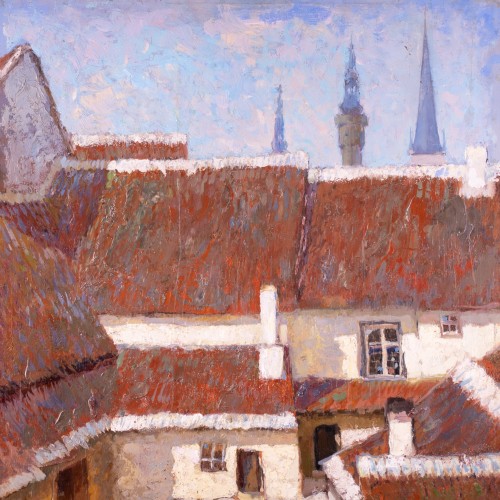
Hoov vanalinnas
1941-1943. Oil, plywood 39.5 x 36 cm (framed)
SPRING 2020 Haus Gallery 15.05.2020
1 600
Final price: 2 500
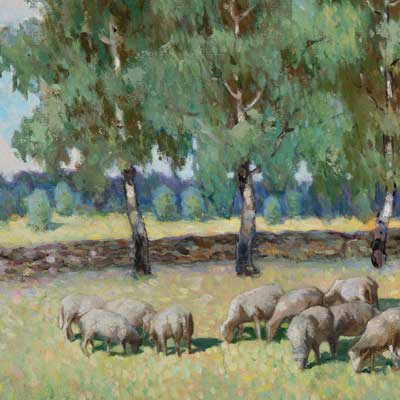
Lambad koplis
1949. Oil, canvas 60.5 x 70 cm (framed)
Haus Gallery's spring auction Haus Gallery 27.04.2018
4 700
Final price: 7 400
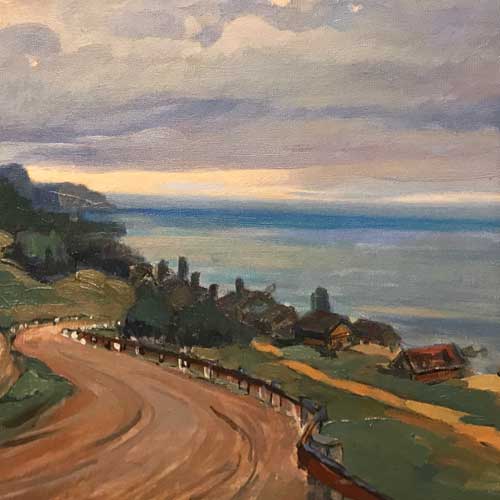
Rannamaastik
1935. 39 x 50 cm (framed)
Haus Gallery's anniversary auction Haus Gallery 03.11.2017
4 000
Final price: 5 300
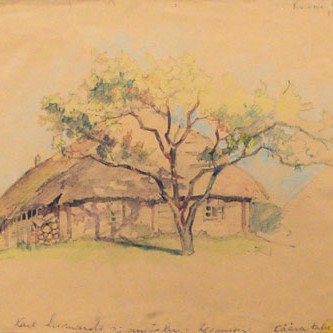
Käära talu
1944. colored pencil lm 25 x 35 cm (framed)
HAUS GALLERY XVIII AUCTION autumn Haus Gallery 08.10.2015-30.11.1999
570
Final price:
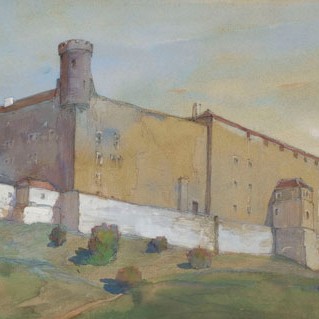
Toompea loss
1941. watercolor, mixed media on paper km 23 x 33 cm (framed)
HAUS GALLERY XXXVII AUCTION 2015 SPRING Haus Gallery 06.04.2015
900
Final price:
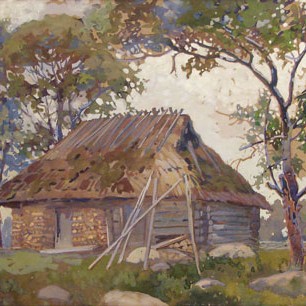
Antsu talu ait
1942. tempera, paper lm 32.3 x 48.5 cm (framed)
HAUS GALLERY XXXVI ART AUCTION. 2014 autumn Haus Gallery 06.10.2014
2 500
Final price:
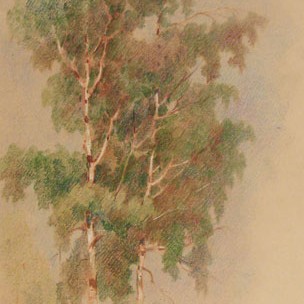
Kased Raplas
1944. coloured pencil drawing lm 35.2 x 24.9 cm (framed)
HAUS GALLERY XXXVI ART AUCTION. 2014 autumn Haus Gallery 06.10.2014
450
Final price: 450
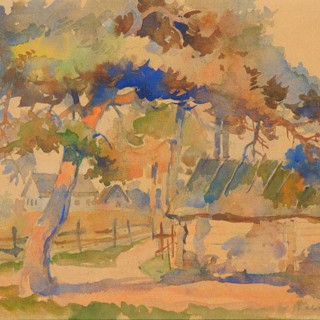
Kaberneeme
1942. watercolour, paper vm 20 x 29.5 cm (framed)
HAUS GALLERY XXVI ART AUCTION 2010 spring Haus Gallery 15.04.2010
1 662
Final price:
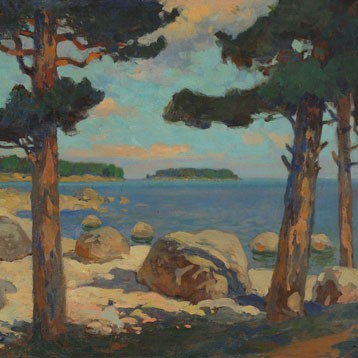
Rannamaastik
1925-1930. oil on canvas 55 x 71.5 cm (framed)
HAUS GALLERY XXV ART AUCTION 2009 autumn Haus Gallery 27.10.2009
2 812
Final price: 4 218
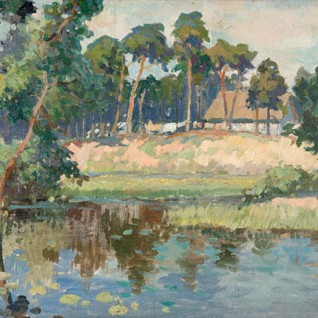
Maja mändide vahel
1930-1940. 34.5 x 51.2 cm (not framed)
HAUS GALLERY XXIII ART AUCTION 2008 autumn. Old Masters Paintings Haus Gallery 01.10.2008
2 237
Final price: 2 237
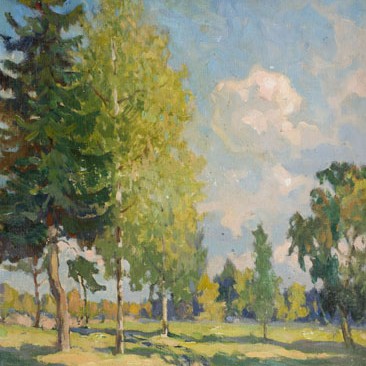
Maastik
1930-1940. oli, canvas 52 x 41.3 cm
HAUS GALLERY XXI ART AUCTION 2007 autumn Old Masters Paintings Haus Gallery 23.10.2007
1 981
Final price: 5 624
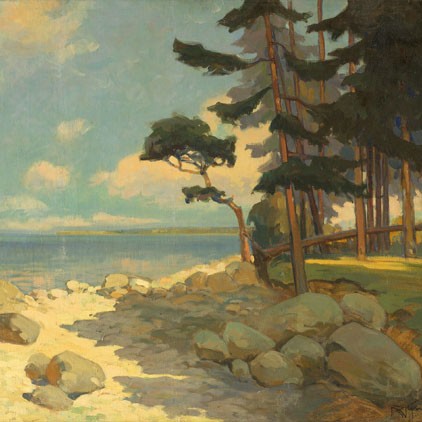
Loksa rand
1934. Oil, canvas 79 x 89.5 cm (framed)
HAUS GALLERY XX ART AUCTION, 2007 spring Old Masters Paintings Haus Gallery 15.04.2007-24.04.2007
3 963
Final price: 15 019
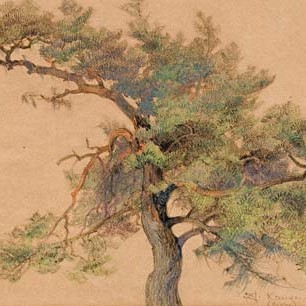
Mänd
1930. Pencil, coloured pencil Vm. 29 x 45 cm
HAUS GALLERY XVIII ART AUCTION, 2006 spring. Old Masters Graphics and Drawing Haus Gallery 20.04.2006
1 342
Final price: 1 758
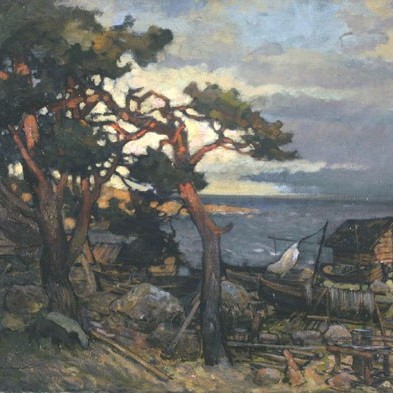
Rannaküla vaade
1937. Oil on canvas 88 x 104 cm
HAUS GALLERY XIVth ART AUCTION, 2004 spring Haus Gallery 04.04.2004
3 515
Final price: 8 500
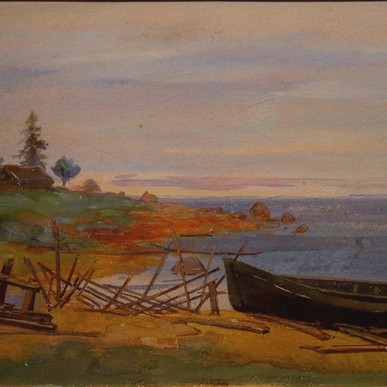
Rannamaastik paatidega
Undated. Gouache, cardboard 25 x 30 cm
HAUS / XIIth AUCTION, 2003 spring Haus Gallery 24.04.2003
1 342
Final price: 1 694
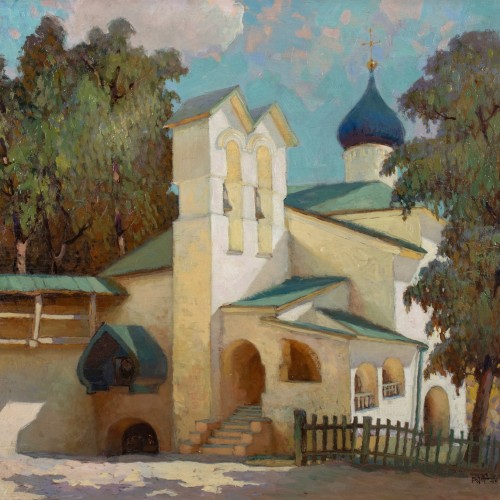
Petseri Monastery
1945. Oil, plywood 70 x 76 cm (framed)
HAUS / XI AUCTION, 2002 autumn Haus Gallery 24.10.2002
Final price:
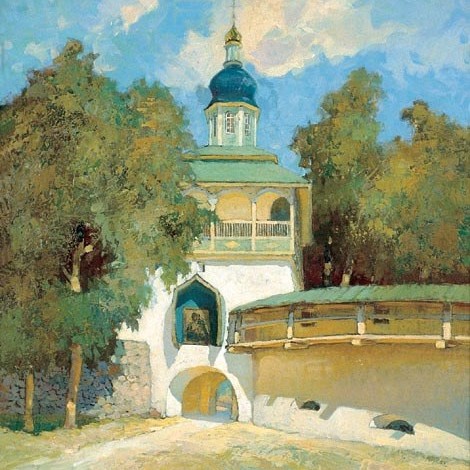
Petseri
1940. Oil, plywood 71 x 69 cm
HAUS / XI AUCTION, 2002 autumn Haus Gallery 24.10.2002
3 068
Final price: 4 282
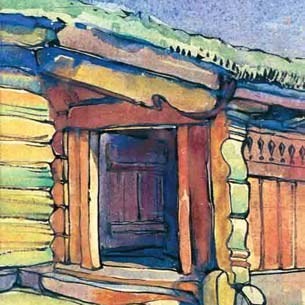
Uks
1908. Vm. 24 x 18 cm
HAUS / X AUCTION, 2002 spring Haus Gallery 09.05.2002
575
Final price: 575
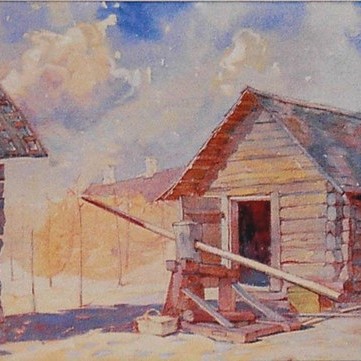
Taluõu
1940. Water-colour Vm. 28 x ? cm
HAUS / VIII AUCTION, 2001 spring Haus Gallery 26.04.2001
959
Final price:
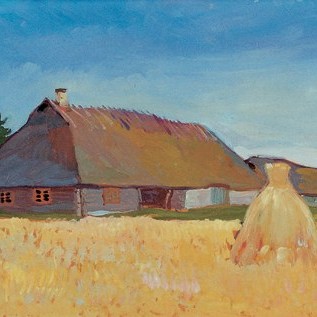
Talu viljapõlluga
1924. Oil on cardboard 51 x 76 cm
HAUS / VII AUCTION, 2000 autumn Haus Gallery 26.10.2000
1 726
Final price:
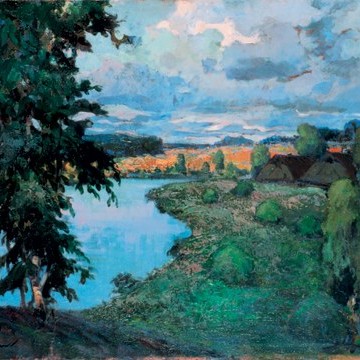
Maastik järvega
Undated. Oil on canvas 69 x 90 cm
HAUS / VI AUCTION, 2000 spring Haus Gallery 27.04.2000
2 876
Final price:
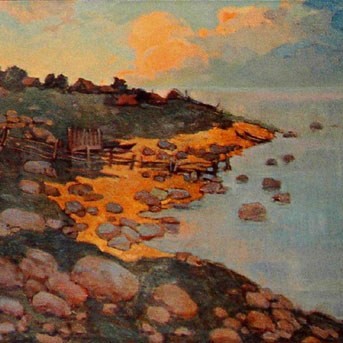
Rannamaastik
1944. Oil on plywood 76 x 100 cm
HAUS / IV AUCTION, 1999 spring Haus Gallery 26.04.1999-24.04.1999
3 899
Final price:
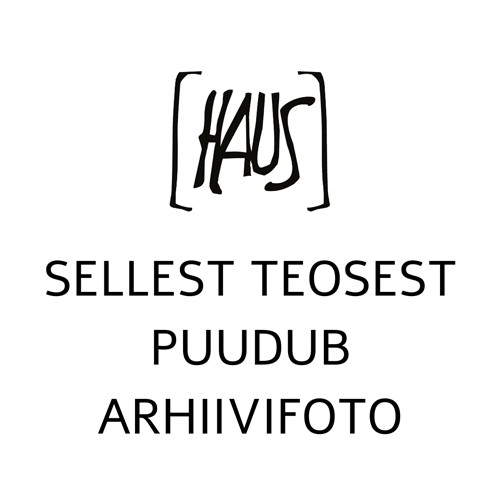
MAASTIK TALUMAJAGA
1940. 26 x 41 cm (not framed)
HAUS / III AUCTION, 1998 autumn Haus Gallery 26.10.1998
1 176
Final price: 1 176
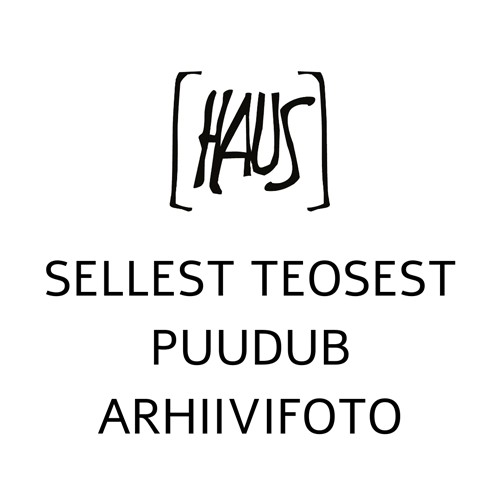
ITAALIA MAASTIK
1920. 77 x 94 cm (not framed)
HAUS / II AUCTION, 1998 spring Haus Gallery 25.05.1998
3 132
Final price: 3 451
Appearance in exhibitions

View of Spanish City (Cuenca)
1923-1926. Oil, canvas 55 x 71.2 cm (framed)
ESTONIAN ART CLASSICS AUCTION Haus Gallery 13.10.2024-06.11.2024
price: 22 000
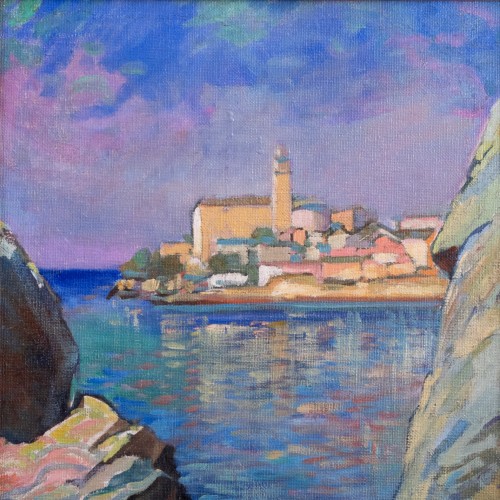
Sestri Levante
1909. Oil, canvas on cardboard 50 x 40 cm (framed)
HAUS GALLERY Haus Gallery 08.03.2024

Petseri Monastery
1945. Oil, plywood 70 x 76 cm (framed)
WORKS FROM TWO PRIVATE COLLECTIONS Haus Gallery 15.02.2023-13.03.2023